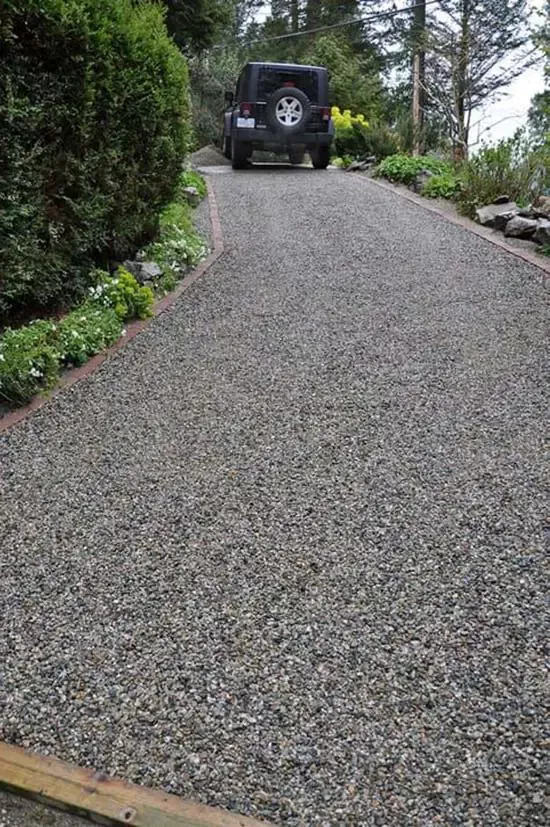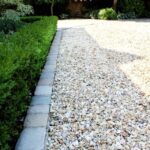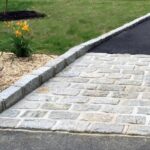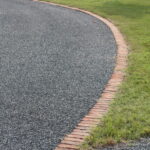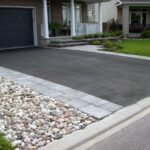Driveway edging is a functional and aesthetic feature that can enhance the overall look of a property’s entrance. It acts as a border between the driveway and the surrounding landscape, helping to keep gravel or mulch contained and preventing grass or weeds from encroaching onto the driveway. Additionally, driveway edging can provide a smooth transition between different surfaces, such as concrete or asphalt, and grass or flower beds.
One of the most common materials used for driveway edging is concrete. Concrete offers durability and longevity, making it a popular choice for homeowners looking for a low-maintenance option. It can be poured in a variety of shapes and sizes to suit the style of the driveway and can also be stamped or stained to create a decorative effect. Concrete edging can withstand harsh weather conditions and heavy vehicle traffic, making it a reliable choice for driveway borders.
Another popular material for driveway edging is brick or pavers. Brick offers a classic, timeless look and can be laid in various patterns to add visual interest to the driveway. Pavers are available in a wide range of colors and textures, allowing homeowners to create a custom look that complements their landscaping. Both brick and pavers are easy to install and can be replaced individually if they become damaged.
For a more natural look, homeowners may opt for stone or rock edging. Stone edging can create a rustic, organic border that blends seamlessly with the landscape. It can be laid in a straight line or curved to follow the shape of the driveway. Rock edging, such as river rock or decorative pebbles, can add texture and dimension to the driveway border while also serving a practical purpose.
Plastic or metal landscape edging is another option for driveway borders. Plastic landscape edging is lightweight and easy to install, making it a convenient choice for DIY projects. It can be found in various colors and styles to match the aesthetic of the driveway and is resistant to rust and corrosion. Metal landscape edging, such as aluminum or steel, offers a sleek, modern look and is highly durable. It can be easily shaped to create curved edges and provides a long-lasting solution for driveway edging.
Ultimately, the choice of driveway edging material will depend on factors such as budget, maintenance preferences, and overall design aesthetic. Whether opting for concrete, brick, stone, or plastic, driveway edging can add a finishing touch to the entrance of a home while also providing practical benefits in terms of maintenance and longevity. With the wide range of options available, homeowners can find a driveway edging solution that meets their needs and enhances the curb appeal of their property.
